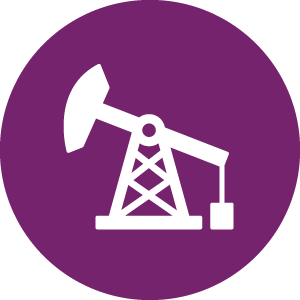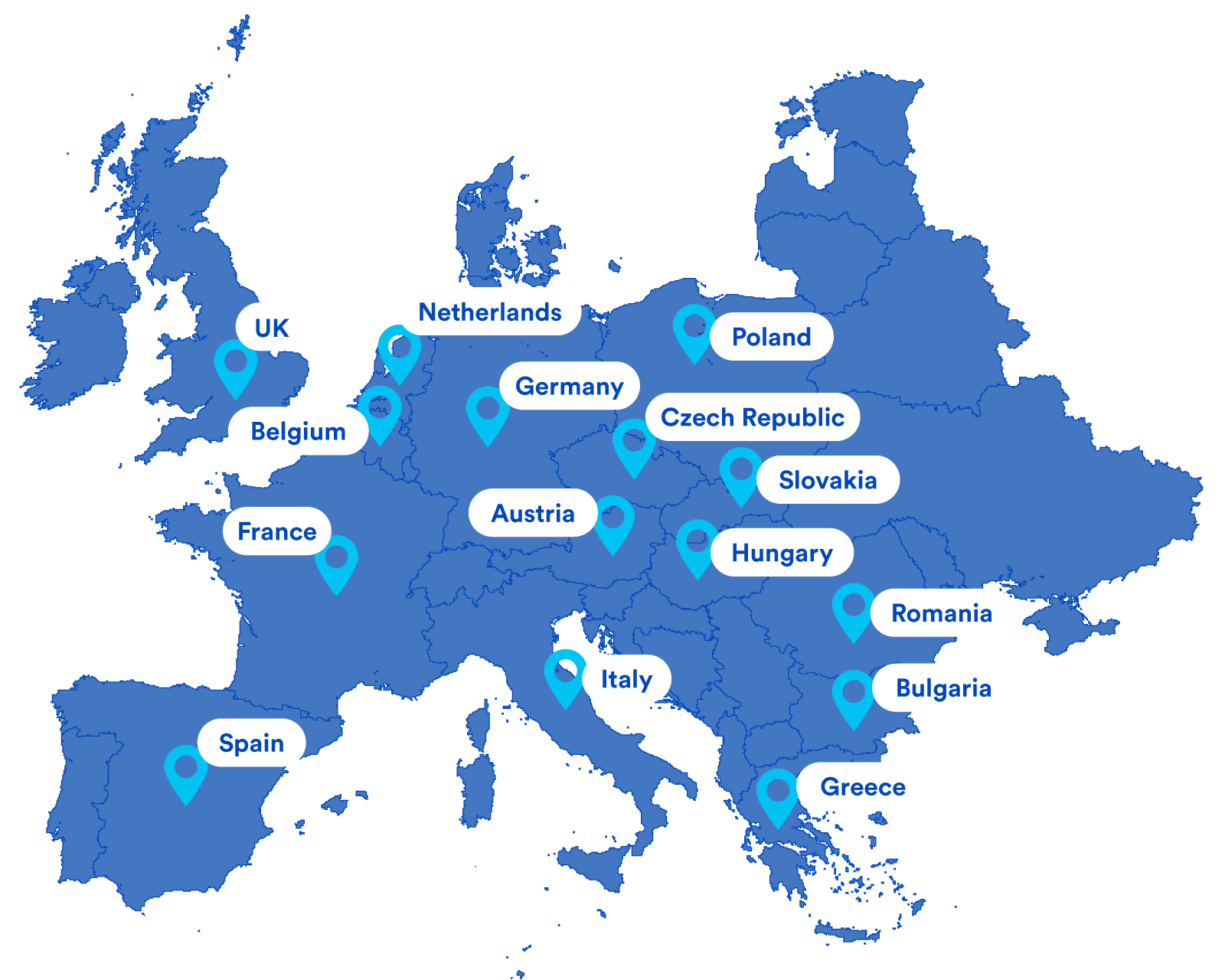Cut Methane Campaign
Filming methane pollution from the oil and gas sector
Clean Air Task Force began filming methane emissions from the oil and gas sector in 2021, and has documented methane pollution in 19 countries at over 600 oil and gas sites. Methane has been ignored and under-regulated for years even though anytime someone looks we find more emissions than have been officially reported. The true impact of methane is likely much, much bigger than we suspect.

Why recording methane
emissions matters
In the short term, methane emissions are about 80x more damaging to the climate than carbon dioxide. Immediate action to reduce methane pollution is the best strategy we have to slow the rate of global warming in the next decade.
Since methane is invisible to the naked eye, we use a special infrared camera to visualize methane emissions. This footage helps to alert the public, regulators, policymakers, and companies about the hazardous and harmful emissions in the oil and gas industry.
Oil and gas is the most easily solvable slice of global methane emissions. As a priority, we’re focused on the quickest possible mitigation strategies. And that means smarter regulations for the oil and gas sector. Significant reductions can be achieved through policy measures, like a ban on routine venting and flaring, a requirement for a leak detection and repair program, and setting technology standards to replace continuously-venting equipment.
Smart policies can reduce methane emissions.
We already have the know-how and technology to implement this – we just need the political will to make it happen.
Methane Effects
80x
Methane traps over 80 times more heat in our atmosphere than carbon dioxide over the first 20 years.
0.5°C
Methane is responsible for 0.5°C of global warming experienced to date.
#1
The EU is the world’s largest importer of natural gas and one of the top importers of oil.
Common sources of methane leaks
Methane is emitted from dozens of types of equipment and processes throughout the oil and gas sector,
such as wells, storage tanks, compressors, pipelines, valves, vent pipes and flares.
Learn more about where methane leaks occur in this infographic.

Oil and Gas Wells

Storage Tanks

Compressors

Vent Pipes and Flares

Pneumatic Controllers
Health effects of methane and other associated gases
Methane itself is a non-toxic gas but the leaks and emissions could be hazardous for human health.
Methane and the volatile organic compounds released alongside it contribute greatly to formation of ground level ozone which can lead to premature deaths due to respiratory and cardiovascular diseases. Furthermore, other toxic gases and hazardous air pollutants are also emitted along with methane; these can lead to death as well as other long-term health effects.
Optical gas imaging
How we do it
CATF uses an optical gas imaging camera to detect methane emissions from the oil and gas sector. Optical gas imaging is the primary method used by industry, regulators, and environmental groups to monitor fugitive gas emissions in the energy industry. It uses a special scientific instrument that was designed to visualize particular gasses.
It is a quick and easy way to identify the sources of emissions and has been recommended by the United States Environmental Protection Agency for detecting hydrocarbon emissions in the oil and gas industry.
I Spy Emissions
Can you spot the hidden methane emissions?
CATF conducted a first-of-its-kind investigation of oil and gas facilities across Europe, finding extensive evidence that methane pollution is a widespread problem in the EU.
Retrace our steps at these sites, and see if you can spot the hidden emissions.
Where we’ve filmed in Europe
So far, we’ve documented methane pollution in 15 countries at over 500 oil and gas sites.

Related updates
-
Category: News & Media
800+ methane emissions sources around Europe highlights need for strong EU Methane Regulation
Published on: May 7, 2023 -
Category: Industry
Tracking methane momentum among activist groups in Europe
Published on: May 7, 2023 -
Category: Policy
European citizens from France, Italy, Germany, and Poland strongly support tough regulations to reduce methane emissions
Published on: April 26, 2023
Sign up today to receive the latest content from CATF experts.
Learn more
The #CutMethaneEU Campaign
Launched in 2021, CATF, led by campaign manager James Turitto, inspected hundreds of oil and gas facilities across Europe as part of the #CutMethaneEU campaign. The campaign’s powerful images and videos have been featured by leading global media outlets.













